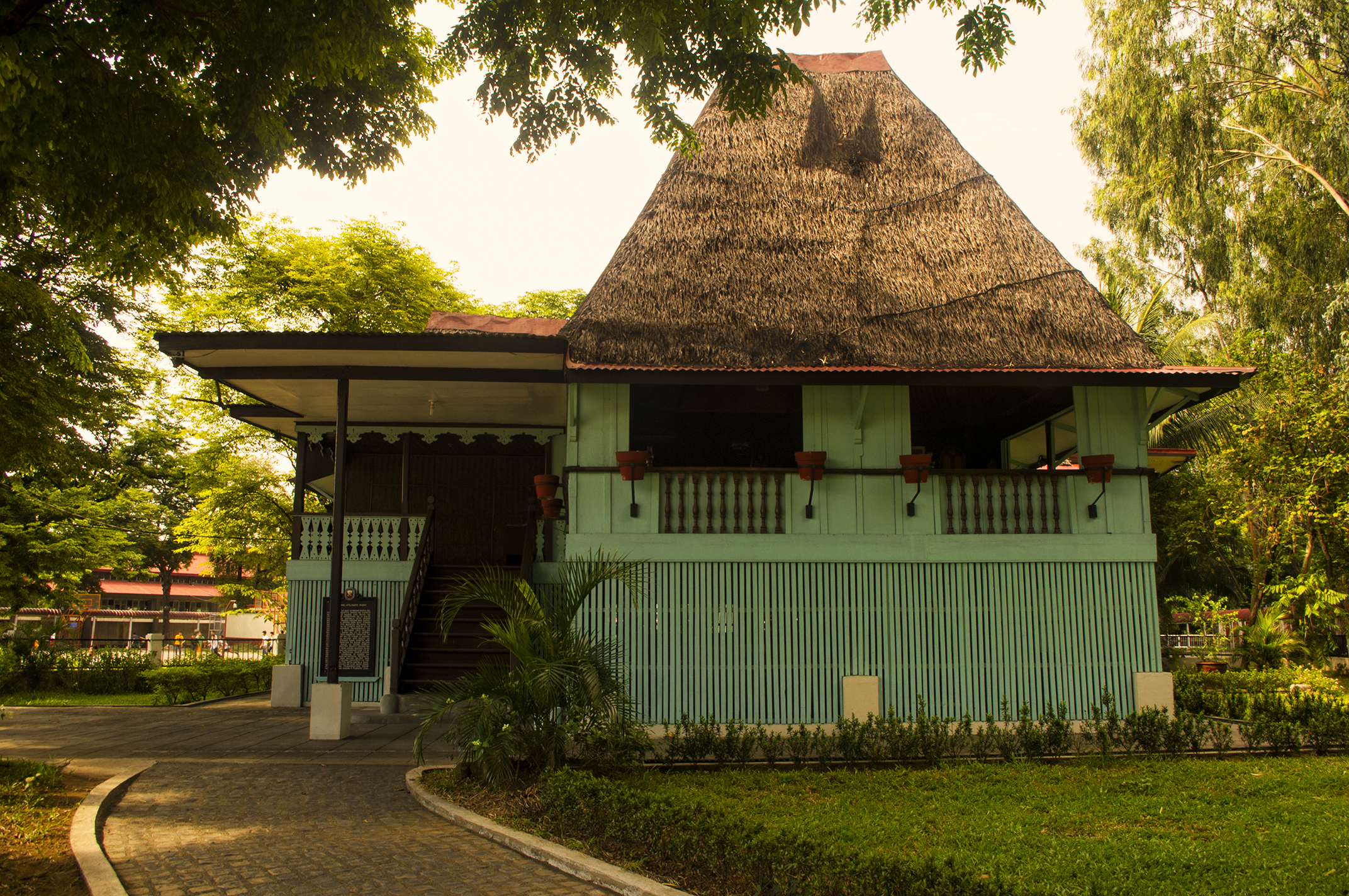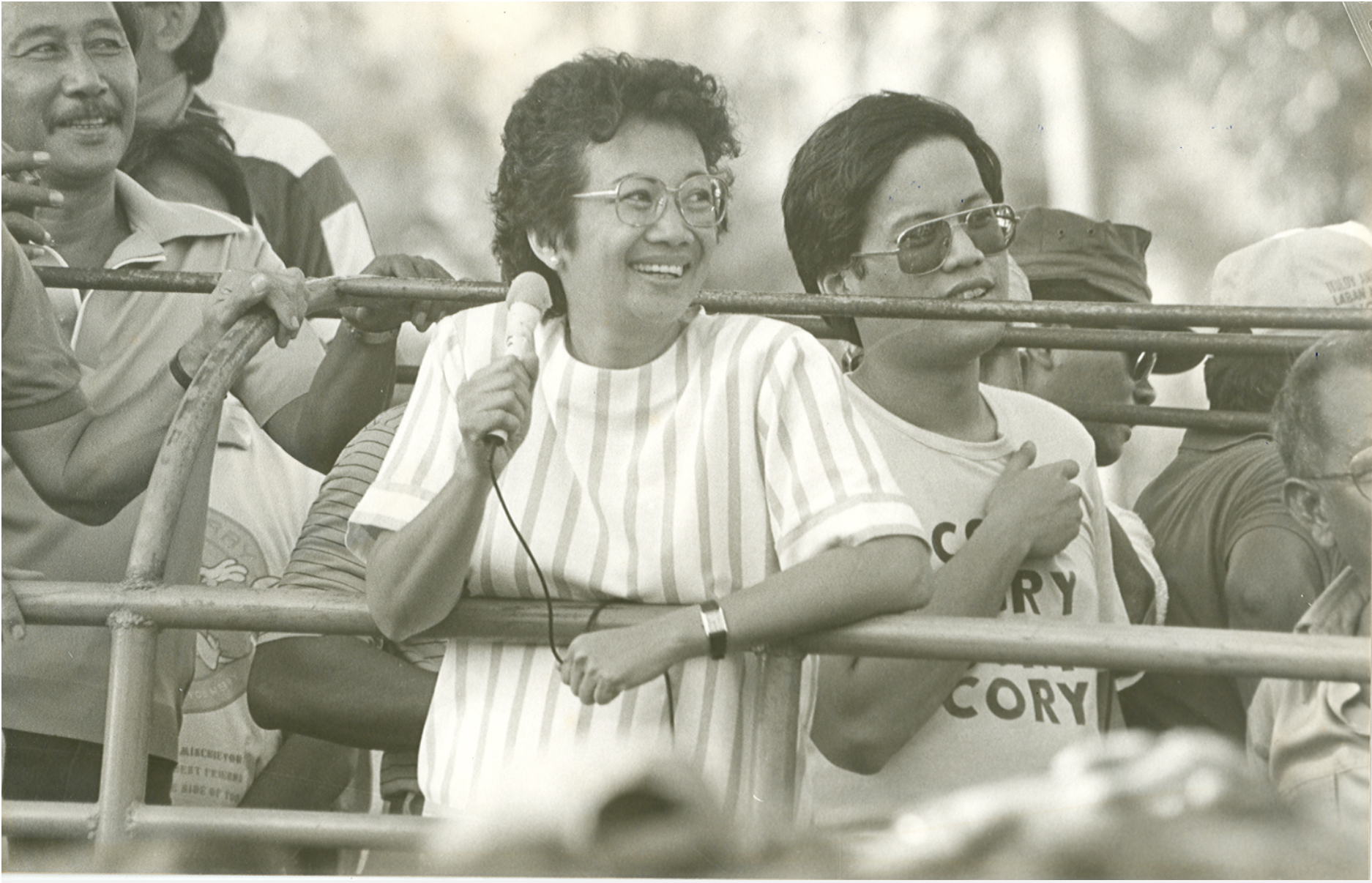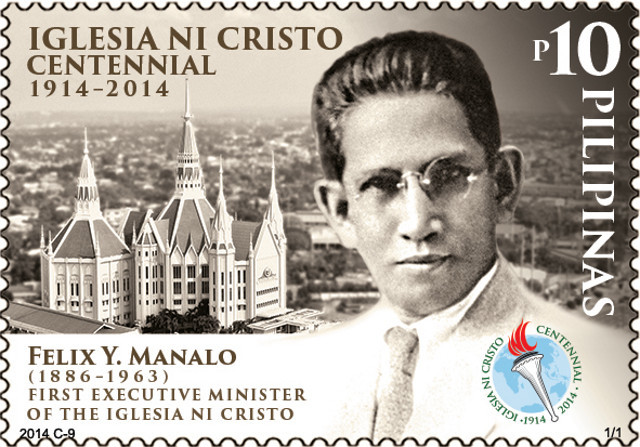|
Philippine Arena
The Philippine Arena is the world's largest indoor arena. It is a multipurpose indoor arena with a maximum seating capacity of 55,000 at Ciudad de Victoria, a 140-hectare tourism enterprise zone in Bocaue and Santa Maria, Bulacan, Philippines about 30 kilometers north of Manila. It is one of the centerpieces of the many centennial projects of the Iglesia ni Cristo (INC) for their centennial celebration on July 27, 2014. The legal owner of the arena is the INC's educational institution, New Era University. History Construction In 2011, Korean firm, Hanwha Engineering and Construction won the contract to manage the construction of the Philippine Arena. Hanwha outbested bids from Filipino firm, EEI Corporation an done on August 17, 2011. Hanwha announced that it had completed the construction of the indoor arena on May 30, 2014. The venue was not formally inaugurated until almost two months later. Inauguration The Philippine Arena, along with Ciudad de Victoria was official ... [...More Info...] [...Related Items...] OR: [Wikipedia] [Google] [Baidu] |
Ciudad De Victoria
Ciudad de Victoria (Spanish for "City of Victory" or "Victory City") also known as the Philippine Arena Complex is a 140-hectare tourism enterprise zone in the towns of Bocaue and Santa Maria in Bulacan, Philippines. It is located north of Metro Manila along the North Luzon Expressway. The site where it is located used to be a farmland and was converted and being developed into a mixed-use area that will integrate residential and office buildings as well as shopping, entertainment, leisure, education, business and sports complex. It is owned by the Iglesia ni Cristo (INC), a Filipino-based indigenous Christian religious organization, through its educational institution, the New Era University, and operated by Maligaya Development Corporation. It was inaugurated on July 21, 2014 in commemoration of INC's centennial celebration on July 27, 2014. History On August 17, 2011, the Iglesia Ni Cristo executive minister Eduardo Manalo led the groundbreaking of the Philippine Arena, a 55 ... [...More Info...] [...Related Items...] OR: [Wikipedia] [Google] [Baidu] |
Seating Capacity
Seating capacity is the number of people who can be seated in a specific space, in terms of both the physical space available, and limitations set by law. Seating capacity can be used in the description of anything ranging from an automobile that seats two to a stadium that seats hundreds of thousands of people. The largest sporting venue in the world, the Indianapolis Motor Speedway, has a permanent seating capacity for more than 235,000 people and infield seating that raises capacity to an approximate 400,000. In transport In venues Safety is a primary concern in determining the seating capacity of a venue: "Seating capacity, seating layouts and densities are largely dictated by legal requirements for the safe evacuation of the occupants in the event of fire". The International Building Code specifies, "In places of assembly, the seats shall be securely fastened to the floor" but provides exceptions if the total number of seats is fewer than 100, if there is a substantial amo ... [...More Info...] [...Related Items...] OR: [Wikipedia] [Google] [Baidu] |
Brisbane, Australia
Brisbane ( ) is the capital and most populous city of the Australian state of Queensland, and the third-most populous city in Australia and Oceania, with a population of approximately 2.6 million. Brisbane lies at the centre of the South East Queensland metropolitan region, which encompasses a population of around 3.8 million. The Brisbane central business district is situated within a peninsula of the Brisbane River about from its mouth at Moreton Bay, a bay of the Coral Sea. Brisbane is located in the hilly floodplain of the Brisbane River Valley between Moreton Bay and the Taylor and D'Aguilar mountain ranges. It sprawls across several local government areas, most centrally the City of Brisbane, Australia's most populous local government area. The demonym of Brisbane is ''Brisbanite''. The Traditional Owners of the Brisbane area include clans of the Yugara, Turrbal and Quandamooka peoples. The Turrbal word for the Brisbane area is ''Meeanjin''. The Moreton Bay p ... [...More Info...] [...Related Items...] OR: [Wikipedia] [Google] [Baidu] |
Nipa Hut
The ''bahay kubo'', also known as ''payag'' (Nipon) in the Visayan languages and, is a type of stilt house indigenous to the Philippines. It often serves as an icon of Philippine culture. The house is exclusive to the lowland population of unified Spanish conquered territories. Its design heavily influenced the colonial-era ''bahay na bato'' architecture. Etymology The Filipino term ''báhay kúbo'' roughly means "country house", from Tagalog. The term ''báhay'' ("house") is derived from Proto-Malayo-Polynesian *balay, "public building" or "community house"; while the term ''kúbo'' ("hut" or " ne-roomcountry hut") is from Proto-Malayo-Polynesian *kubu, "field hut n rice fields. The term "nipa hut", introduced during the Philippines' American colonial era, refers to the Hut version of Bahay kubo. Nipa or anahaw thatching materials are often used for the roofs. However, not all bahay kubo are huts or used nipa materials. History Classical period (Pre-hispanic Era) ... [...More Info...] [...Related Items...] OR: [Wikipedia] [Google] [Baidu] |
Banyan Tree
A banyan, also spelled "banian", is a fig that develops accessory trunks from adventitious prop roots, allowing the tree to spread outwards indefinitely. This distinguishes banyans from other trees with a strangler habit that begin life as an epiphyte, i.e. a plant that grows on another plant, when its seed germinates in a crack or crevice of a host tree or edifice. "Banyan" often specifically denotes ''Ficus benghalensis'' (the "Indian banyan"), which is the national tree of India, though the name has also been generalized to denominate all figs that share a common life cycle and used systematically in taxonomy to denominate the subgenus ''Urostigma''. Characteristics Like other fig species, banyans bear their fruit in the form of a structure called a " syconium". The syconium of ''Ficus'' species supply shelter and food for fig wasps and the trees depend on the fig wasps for pollination. Frugivore birds disperse the seeds of banyans. The seeds are small, and because mos ... [...More Info...] [...Related Items...] OR: [Wikipedia] [Google] [Baidu] |
Narra Tree
''Pterocarpus'' is a pantropical genus of trees in the family Fabaceae. It belongs to the subfamily Faboideae, and was recently assigned to the informal monophyletic ''Pterocarpus'' clade within the Dalbergieae. Most species of ''Pterocarpus'' yield valuable timber traded as padauk (or padouk); other common names are mukwa or narra. '' P. santalinus'' also yields the most precious red sandalwood in China known as Zitan. The wood from the narra tree ('' P. indicus'') and the Burmese padauk tree ('' P. macrocarpus'') is marketed as amboyna when it has grown in the burl form. The scientific name is Latinized Ancient Greek and means "wing fruit", referring to the unusual shape of the seed pods in this genus. Uses Padauk wood is obtained from several species of ''Pterocarpus''. All padauks are of African or Asian origin. Padauks are valued for their toughness, stability in use, and decorativeness, most having a reddish wood. Most Pterocarpus' woods contain either water- or alcoh ... [...More Info...] [...Related Items...] OR: [Wikipedia] [Google] [Baidu] |
Eduardo Manalo
Eduardo Villanueva Manalo (; born October 31, 1955, in Quezon City, Philippines) also known as Ka Erdy is the current Executive Minister of the Iglesia ni Cristo (INC). He is the third generation of the Manalo family to lead the church following his father, the late Eraño G. Manalo, and his grandfather, Felix Y. Manalo. Personal life Eduardo Villanueva Manalo was born on October 31, 1955, in Quezon City Philippines to Eraño G. Manalo and Cristina Villanueva. His name literally means "guardian" as what his grandfather Felix Y. Manalo gave him. He was married to Babylyn Ventura on January 2, 1982, whom he met when studying at the University of the Philippines, and had three children named Dorothy Kristine, Gemma Minna and Angelo Eraño. Dorothy, their eldest, graduated summa cum laude with a bachelor's degree in Philosophy and Law at the University of the Philippines, married to Theoben Orosa, and now serves as INC Corporate Secretary and Chairman of the Board of Directors o ... [...More Info...] [...Related Items...] OR: [Wikipedia] [Google] [Baidu] |
Benigno Aquino III
Benigno Simeon Cojuangco Aquino III (; February 8, 1960 – June 24, 2021), also known as Noynoy Aquino and colloquially as PNoy, was a Filipino politician who served as the 15th president of the Philippines from 2010 to 2016. The son of assassinated politician Benigno Aquino Jr. and 11th president Corazon Aquino, he was a fourth-generation politician as part of the Aquino family of Tarlac. Benigno Aquino III previously served as a member of the House of Representatives and Senate from 1998 to 2010, and also as a deputy speaker of the House of Representatives from 2004 to 2006. On September 9, 2009, shortly after the death of his mother, he announced his candidacy in the 2010 presidential election, which he eventually won. He was sworn into office as the 15th president of the Philippines on June 30, 2010, succeeding Gloria Macapagal Arroyo. [...More Info...] [...Related Items...] OR: [Wikipedia] [Google] [Baidu] |
PWP Landscape Architecture
Peter Walker is an American landscape architect and the founder of PWP Landscape Architecture. Early life Peter WalkerThe Cultural Landscape Foundation The Cultural Landscape Foundation.ASLA- The Dirt ASLA- The Dirt Bio. grew up in California and attended the . Walker started out studying Journalism but quickly changed his field. He received his Bachelor of Science in |
Educational Institution
An educational institution is a place where people of different ages gain an education, including preschools, childcare, primary-elementary schools, secondary-high schools, and universities. They provide a large variety of learning environments and learning spaces. Types of educational institution Types of educational institution include: Early childhood * Preschool * Kindergarten * Nursery Primary * Elementary school (grade school), primary school * Middle school (partly) * Comprehensive school Secondary * Secondary school * Comprehensive school * High school * Middle school (partly) * Upper school * Independent school (UK) * Academy (English school) * University-preparatory school * Boarding school * Gymnasium * Hauptschule * Realschule Further and higher education * Gurukula *Academy * College * Career college * Community college * Junior college * Liberal arts college * Madrasah * Residential college * Sixth form college * Technical college or Institute of Technology * ... [...More Info...] [...Related Items...] OR: [Wikipedia] [Google] [Baidu] |
Iglesia Ni Cristo Centennial
The Iglesia ni Cristo Centennial (Filipino: ''Sentenaryo ng Iglesia ni Cristo'') was an event dedicated to the 100th anniversary of the founding of the Iglesia ni Cristo, a Christian denomination originating in the Philippines. Organization The Iglesia ni Cristo Centennial officially began on July 27, 2014 and lasted until July 26, 2015. The start date marked the 100th anniversary the Iglesia ni Cristo was formally established in the Philippines by Felix Y. Manalo. The Philippine government also played a part in the Centennial. President Benigno Aquino III's Proclamation No. 815 on July 2, 2014 declared the whole year of 2014 as "Iglesia ni Cristo Centennial Year". Aquino's government formed Task Force Senternaryo in anticipation of "large large number of Filipinos from here and abroad" that would participate in the commemorations, consisting of officials from various regular government agencies. The task force was led by Metropolitan Manila Development Authority (MMDA) chairman ... [...More Info...] [...Related Items...] OR: [Wikipedia] [Google] [Baidu] |
Centennial
{{other uses, Centennial (other), Centenary (other) A centennial, or centenary in British English, is a 100th anniversary or otherwise relates to a century, a period of 100 years. Notable events Notable centennial events at a national or world-level include: * Centennial Exhibition, 1876, Philadelphia, Pennsylvania. First official World's Fair in the United States, celebrating the 100th anniversary of the signing of the Declaration of Independence in Philadelphia. About 10 million visitors attended, equivalent to about 20% of the population of the United States at the time. The exhibition ran from May 10, 1876, to November 10, 1876. (It included a monorail.) * New Zealand Centennial Exhibition, 1939–1940, celebrated one hundred years since the signing of the Treaty of Waitangi in 1840 and the subsequent mass European settlement of New Zealand. 2,641,043 (2.6 million) visitors attended the exhibition, which ran from 8 November 1939 until 4 May 1940. * 1967 ... [...More Info...] [...Related Items...] OR: [Wikipedia] [Google] [Baidu] |






.jpg)
